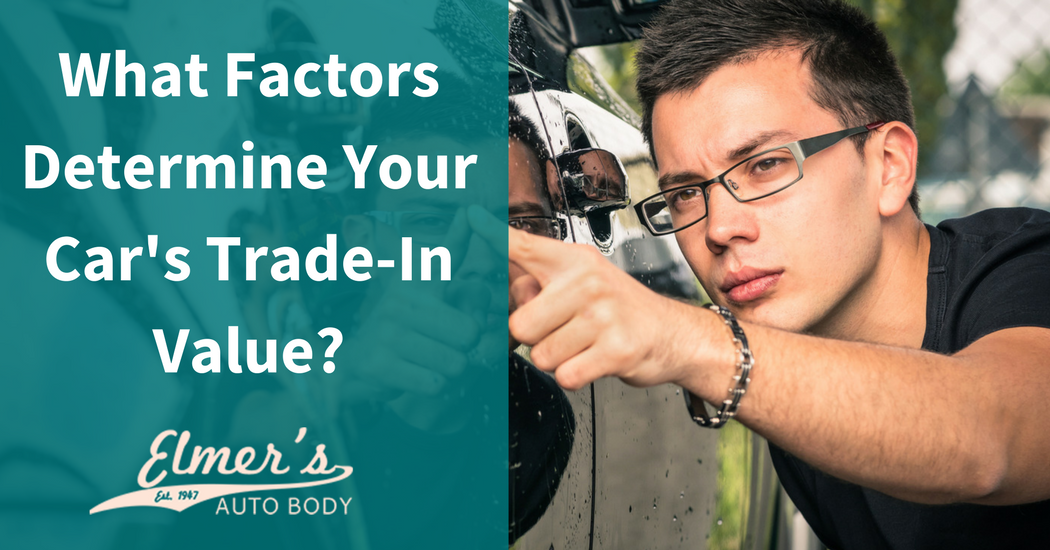When it comes time to purchase a new car, there is always the age-old question of what to do with your old car. You have several options when it comes to your old car, the one that commuted with you to work each day, picked your children up from school and ran errands for your family.
You can keep it to hand down to a teenager, you can sell it to someone else or you can trade it in at the dealership where you buy your new vehicle. If you have decided to simply trade in your car, these are some of the factors the dealer will more than likely use to determine value.
Maintenance and Mileage
If your vehicle has over 100,000 miles on it, you will probably see a significant drop in value. Even if your vehicle is dependable and has driven 200,000 miles without the need for a major repair, the dealer will probably lower the amount they will give you, especially if the mileage seems excessive.
The average person drives between 12,000 and 15,000 each year. This means that if your car is less than six years old and has over 100,000 miles, your dealer will assume the car has been driven hard and that mechanical issues are just around the corner. Maintenance is also critical. It is important to follow the manufacturers recommendations for maintenance and keep all records, even if they seem minor. When it comes time to sell the car, having those records can help improve the trade in value.
Options on Vehicle
When you purchased your vehicle, you may have added options that increased the cost of your vehicle, or the dealer may have thrown them in to entice you to purchase the car. Options like automatic transmissions, power windows and locks, anti-lock brakes, cruise control and navigation systems are all welcome options.
Buyers also look for leather seats that have been taken care of, remote starts, entertainment systems and sunroofs. However, most buyers want options that were installed by a dealer or manufacturer, not after-market or performance-based options. Cars that are neutral colors, like gray, black or white are usually easier to sell than unique, limited edition paint colors.
Condition of Interior and Exterior
Buyers want cars that have been taken care of and although you may not worry about a spot or two on the seat, a buyer may see a bigger problem. If your car is a mess on the inside, a buyer will question how well you took care of the rest of the vehicle. Avoid smoking in your car and clean up spills quickly to avoid staining.
When it comes time to trade in the car or sell it yourself, have the interior detailed in order to return it to as close to new condition as you can. The same is true of the exterior. Just one or two small dents can lower your vehicle from “good” to “fair,” which significantly lowers value. If possible, have small dents repaired before trading it in or selling it.
Market Value
There are some things you absolutely cannot control when it comes time to sell your car. Some types of vehicles sell better in certain areas of the country than others. A convertible in Miami may fetch top dollar but that same car in Buffalo probably won’t. Some vehicles hold their value, like Subaru, Honda, Huyndai, Mazda and Toyota, so if you have one of these brands, you may see a higher trade in offer than with others. Supply and demand will have an impact as well. A dealer with a dozen Accords on the lot is not going to pay top dollar for another one.
If you are considering a new car purchase and have exterior damage that needs to be repaired, contact Elmer’s Auto Body today by filling out the easy form online or giving us a call. We can repair minor dents and scratches quickly and have you back on the road in no time.

